Unplugged #16: Revealing the elemental, the future is trust, a walk without a camera, and failures of imagination
‘Elbow grease is out. Handprints are in.’
For those of you who prefer to read on paper (or e-reader) rather than in your Substack or email app, I have converted this essay into an easily printable pdf file.
This week’s issue of Unplugged is going to focus on Sidetracked magazine, because we’ve just sent an issue to press and these stories have been swirling around in my head. I’d like to briefly touch on a connection I’ve made between something I’ve been reading, A Philosophy of Walking by Frédéric Gros, and a story written by one of our contributors.
Here’s the quote from Gros:
The elemental is revealed as fullness of presence […] it yields itself in pure form only to one who has, at some time, got rid of the necessary.
What an idea! Surely this is at the very core of adventure? Adventure is about intentionally stripping things back, going beyond the necessary, in order to find simpler truths. The elemental (the simplest truth), revealed through fullness of presence (a gift, presented in the form of flow state in nature).
Then there’s this, from Karen Ekman’s story, ‘The Raven Flies’, in the new issue of Sidetracked:
Too fatigued to remember the questions, or to seek answers, is exactly where I need to be. […] The essence of things just is. The river runs, the sun sets, the moon rises, the raven flies, and we just are.
No questions are answered that eve. No solutions to life found before night falls, embracing me and the canyon. But never have I felt a presence alike; never have the seconds felt longer and the moments more unique.
Although she had not previously read Gros’s work (I did check with her!) Karen has, via a long and hard road out there on the trail, come to exactly the same realisation. I explored these ideas while writing the foreword for this issue, and wrote a Substack Note here pondering the human process of writing a foreword.
From my desk
Working on right now
Here’s what I’ve been up to in the first two weeks of June:
Wrapping up Sidetracked Volume 33.
Like the Wind issue #46. We’re mid-cycle in this issue now, and it’s shaping up, but the line-up of stories is still fluid as we shuffle things around to create a good overall balance.
A couple of items for The Great Outdoors: reviewing hiking trousers, plus a feature I’m working on about traditional navigation.
I’ve also been tearing my office to bits and putting it back together again; an effort to create a focused hybrid analogue/digital desk I can situate in front of the window, directly between my existing desks dedicated to analogue creative tools and my computer. The first iteration of this did not work out, and ended up feeling fussy and redundant. Back to the drawing board…
Recently published
It’s up for pre-order – and just look at that amazing cover! I think this has got to be my favourite issue in years. We put a lot of ourselves into every issue, and so do our contributors. I think it shows. Patience, care over ambition, the living landscape, a more-than-human world, and mountain sisterhood/brotherhood – these ideas burst through everywhere.
This issue also contains more analogue photographs than (I think?) any other issue we’ve published, with two features substantially or entirely accompanied by film photos, and other film photos elsewhere. This is not coming from me. It’s simply what our contributors are sending to us.
My copy arrived, and doesn’t it look great? This is the first issue we’ve produced with the new editorial team fully in place. The new dynamic is working really well, as Simon recently wrote about for the LtW Substack. It also contains my very first foreword for a LtW issue. Standout stories include ‘You Gotta Want It’ by Magda Strycharska, ‘A Vision Now Passing’ by CW Hamilton, and ‘The Old Ways’ by Rachel Taylor.
From Rachel Taylor’s piece:
Modernity loves the story of progress, which reads that until we found science, our ancestors wandered in the dark of their own ignorance, of their own mysticism. From the times of Enlightenment, modernity had already subscribed to the belief that there is a singular truth about reality determined by reason alone, stripping the mystery and magic out of our experience, despiritualising our own existence.
The woods of these borderlands have become a place of my own spiritual practice. Running is the medium of this practice. […] Let’s define spirituality as the capacity to seek meaning in mystery, to engage with magic and wonder, and to feel deeply connected to existence.
Recently processed film images
I’ve begun scanning images from the Fife Pilgrim Way. Here are three frames of Kodak Vision3 250D cine film shot on my Pentax MX. Every single time I shoot it, the glorious image quality and colour of cine film just blows me away.
Art
Here’s a pen-and-ink drawing I completed weekend before last, based on a photograph I took in the Cairngorms last month. It’s my first time drawing with dip pens and Indian ink in at least ten years; I confess I used a brush for the big blocked-out shadows. This is the kind of image I want to replicate in wood engraving.
Yes, I need to work on my skies!
I have also begun to source the bits and pieces I need in order to start wood engraving. This week I’ve been staining endgrain wood blocks with fountain-pen ink in order to prepare them for engraving.
What I’ve been reading
From the web
✍🏻 Welcome to the Analog Renaissance: The Future Is Trust
and have written one of the clearest pieces I’ve yet seen about the likely impact of AI on society, as well as human creative work and education, and it all comes down to trust. We have to work harder to establish and nurture trust in our new era. Is this now the defining struggle for all creative work, redefining analogue counterculture, elevating it to a moral imperative? They make a strong case here – and it’s an idea I’m all for.By rooting our creations in the analogue world and showing our work, we can help build that trust. The article offers a framework that creatives, educators, and students can follow in order to maintain their integrity.
I spent much time pondering this essay as I was writing the foreword for Sidetracked Volume 33. These are really important questions that all creatives should be thinking about right now. All humans, really.
Key quotes:
Lose trust, and nations and civilizations will crumble, no matter how wealthy or powerful they are. And no matter how technologically sophisticated.
AI won’t go away, but we can adopt boundaries around its use. One boundary is generative cognition: the act of producing creative or original ideas. […] Otherwise, we are forced to adopt a suspicious mindset where we are never quite sure if we are engaging with the creative work of an actual human person versus a machine […] the more we turn to AI as a substitute for human generative cognition, the more we will come to mistrust the content that is presented to us.
We can refuse to live by technological lies, and start building outposts of human trust in the digital wilderness.
[…] what will make us stand out is not how hard we labor, but how much of ourselves shows up in the final product. In other words, elbow grease is out. Handprints are in.
📸 Issue #99 A Walk Without a Camera
I really enjoyed this look from
at what photography means in walking, examined through the lens of what happens when we head out without a camera (in this case unintentionally). These questions are never as simple as we think.We are so quick to adopt new technology without stopping to consider whether we really need it, or whether the benefits promised come at a cost greater than we can imagine. […] A steady hollowing out of the human experience in exchange for speed and efficiency - but efficiency for whose sake? Where are we going so fast and why? Often what tech promises to strip away is the processes that lead up to something; it offers the chance to have the end result without putting in the work, or without acquiring knowledge. But the process is where the magic is - it is in trying and failing only to succeed again at a later date, it is discovering something new by chance, it’s in the quiet moments in-between. We are promised the summit without having to make the long journey to get there, but the journey is what makes the summit worthwhile. I for one will always take the slow path, and gladly suffer the discomforts that make success all the sweeter.
I’m so glad to see others in the adventure community raising this banner – more, it seems, every week. For so long it felt like it was just me, a lone voice on the sidelines.
🌄 Imagine
writes about the failures of imagination that plague us, creating their own self-fulfilling realities and constraining our minds to well-worn grooves. Is this process hampering our ability to solve society’s problems? How does the ‘Endless Present’ relate to our handling of climate breakdown?…the destruction of the natural world has an impact on our inner world. Minds that should meander like wild rivers, are instead stuck like industrial canals or culverts. People that experience no wild places cannot have wild imaginations. People that live in Marc Augé’s No Place “spaces of circulation, consumption and communication” cannot envisage a better place.
🏃 Fastpacking in the Northern Japanese Alps
A photo essay of analogue images from Sam Hill on a running mission in Japan. Some cracking work here.
Many people don’t know this about me, because I have so many other interests and areas of expertise (‘polymathic tendencies’ as a friend recently said), but I have a degree in computing science. For many years I’ve had this theory that the design of computers went wrong somewhere, and that we’re currently in the Bad Timeline of computing software. How is it that computers in 2025 are so technologically advanced and yet so bad in countless ways? How is it that machines from decades ago are objectively so much better in many respects?
‘New = more advanced = better’ is an idea so ingrained that most people struggle to even frame how things might be different. This article considers the question by looking at e-ink tablets and all the things they get right where general-purpose computers have gone wrong.
(I happen to use Kindles extensively… but not for reading books. I always read books on paper. More on this in a future essay.)
There is nothing inevitable about the antagonism between digital devices and focused work. Computers didn’t have to be this way. […] E-ink tablets confront us with a vision of an alternate technological universe in which computers are conducive to focus.
🏔️ An SOS Signal From The Biggest Glacier In Mainland Europe
has been working on a new art/climate activism project. These images are technically and logistically challenging and are cleverly tuned in order to encourage the adventure community to engage. But it all depends on actually getting out there and doing the activism in the real world.I think what is most important is to make sure we are focusing on how we can make it as easy as possible for regular people to feel like they can do something. Whether that is attending a protest or sending in an objection letter it is about making it easy for people to step onto the ladder of engagement and take part in collective action.
Whether this is about the destruction of wild nature, the climate crisis or the advance of the far right. The most important thing we can do in 2025 is to act together.
That’s all, folks
If you like what you’ve read, please subscribe to receive updates in your inbox and Substack app. Thanks for your support. And if you’ve enjoyed what you have read, please tell someone else about it!
All images © Alex Roddie. Images produced using a camera and free of AI contamination. All Rights Reserved. Please don’t reproduce these images without permission.



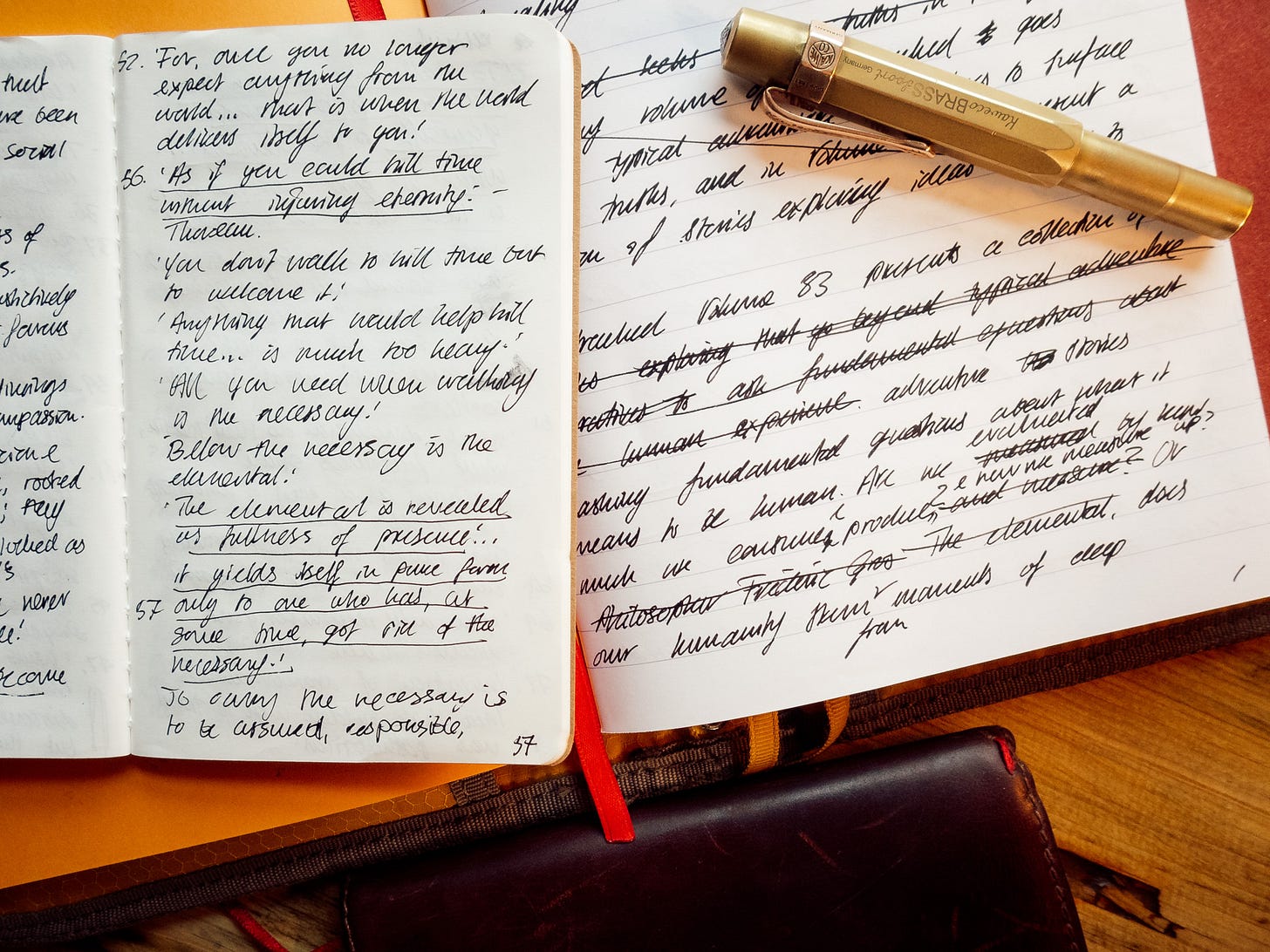

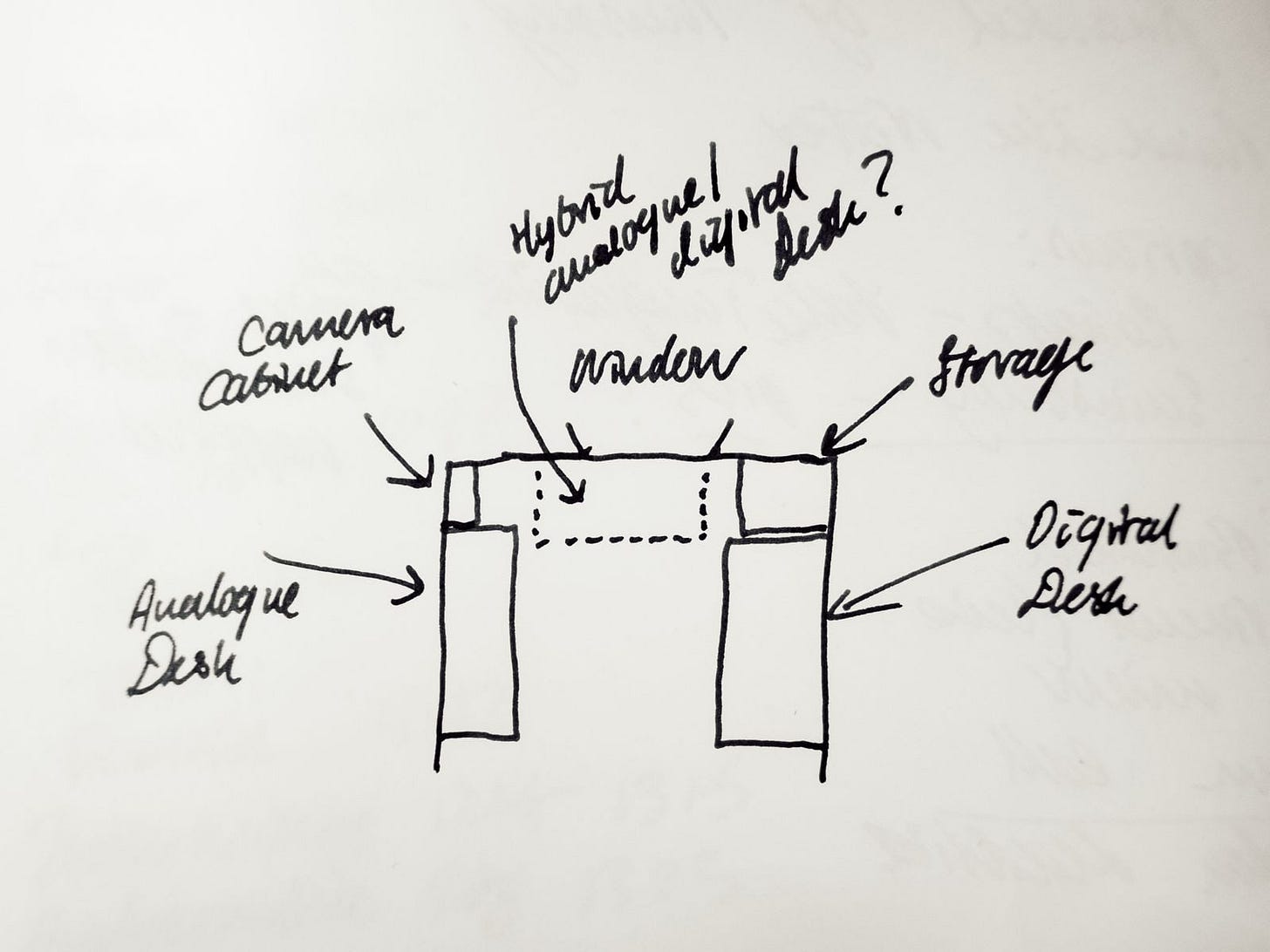
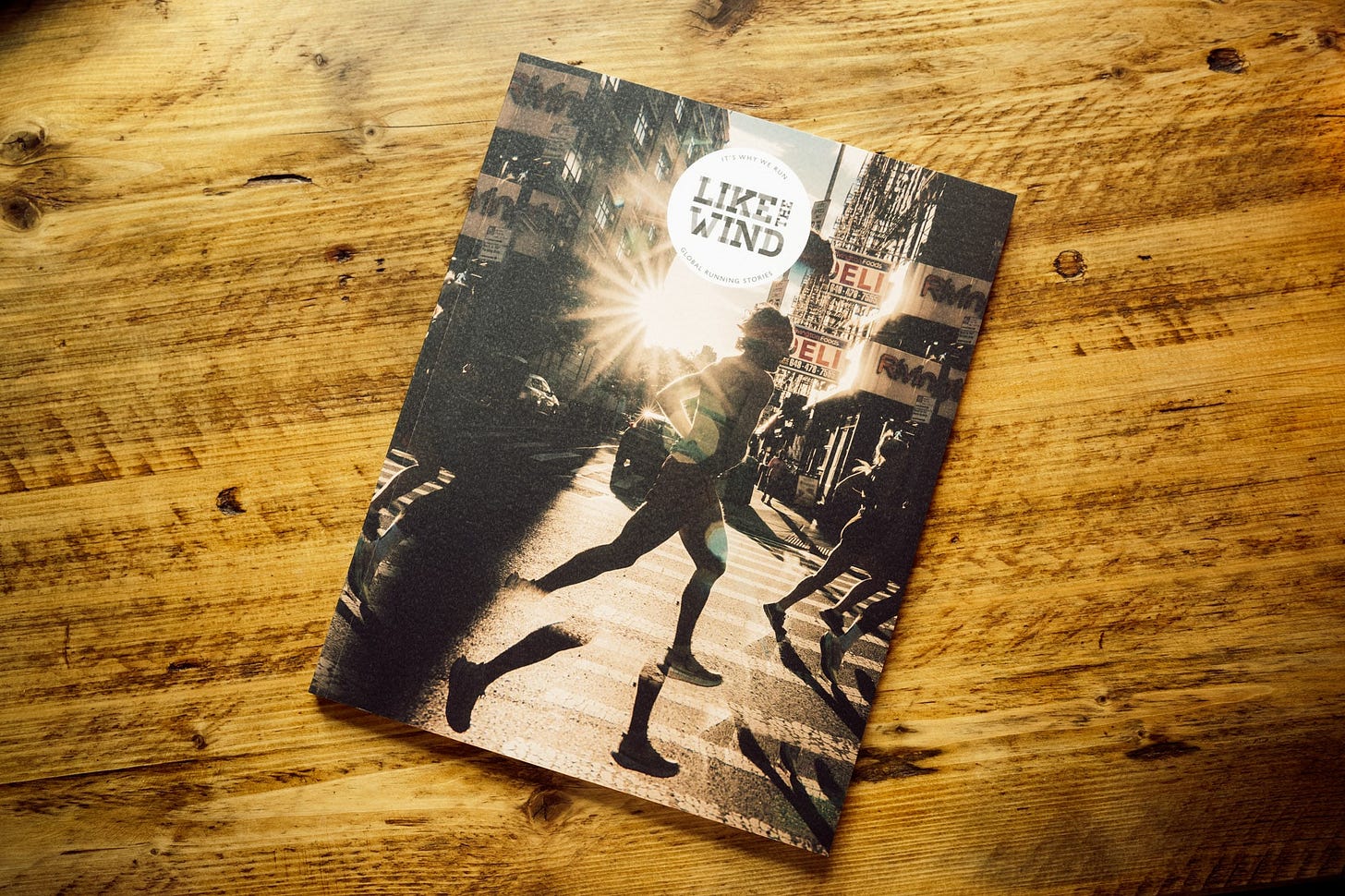
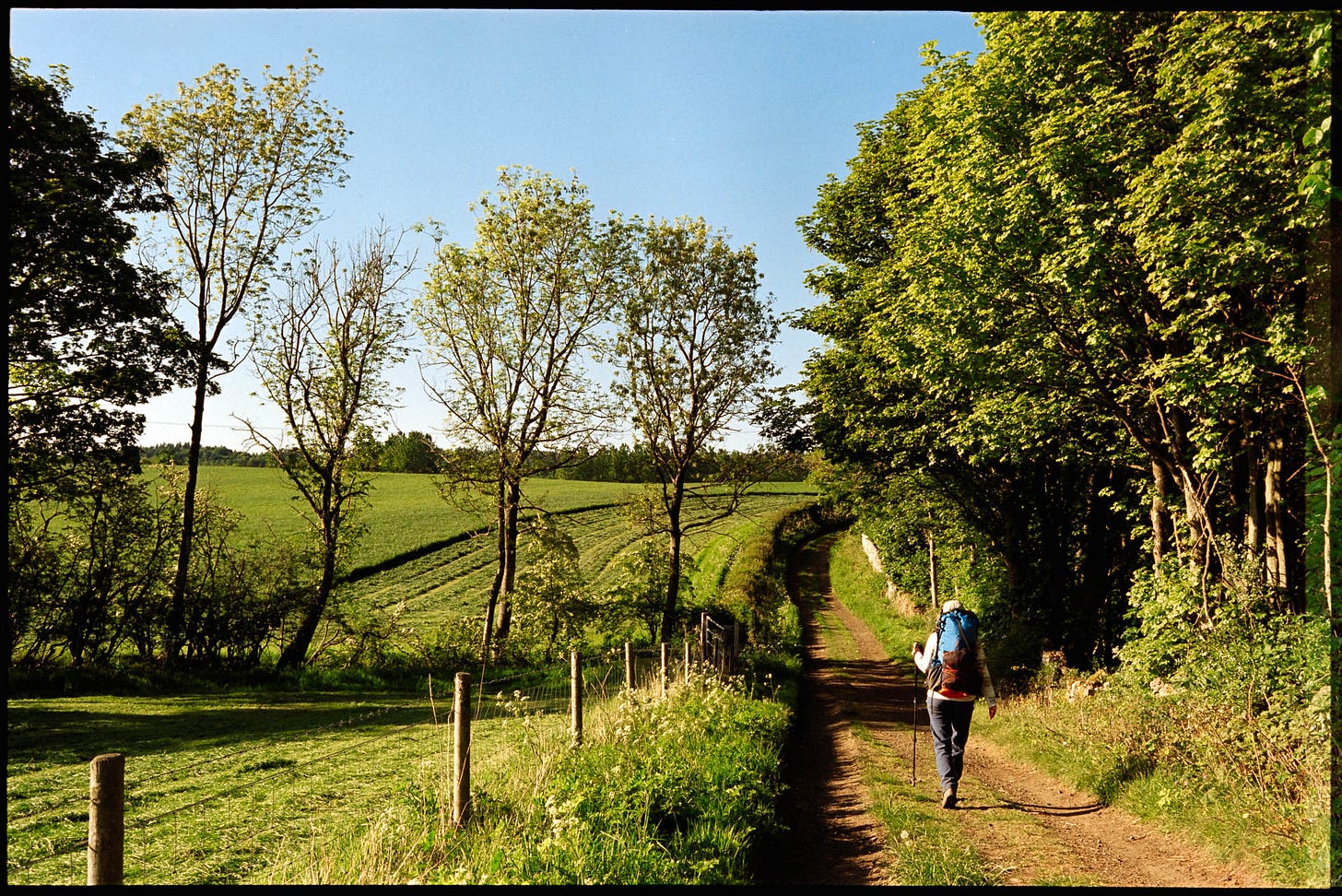
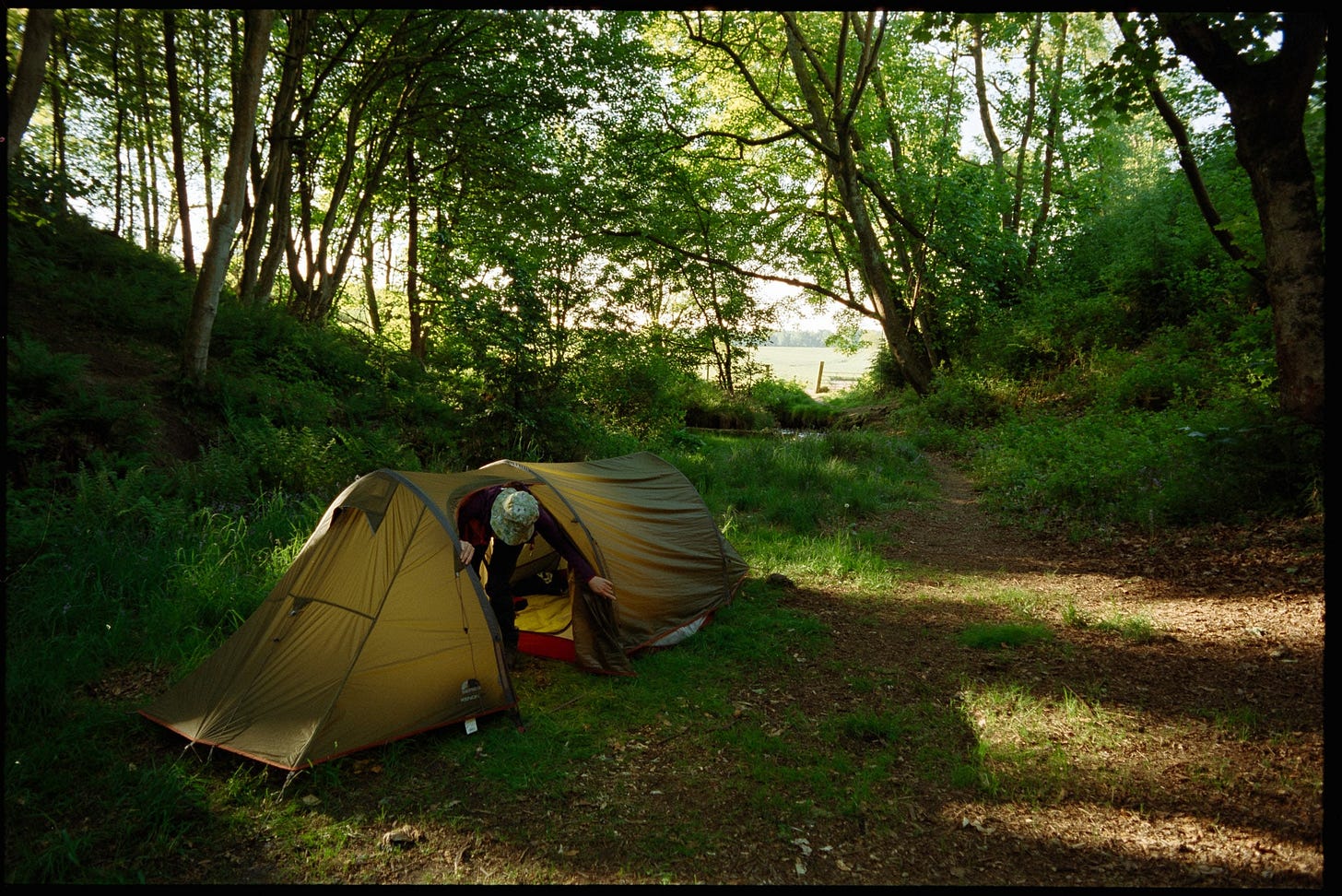
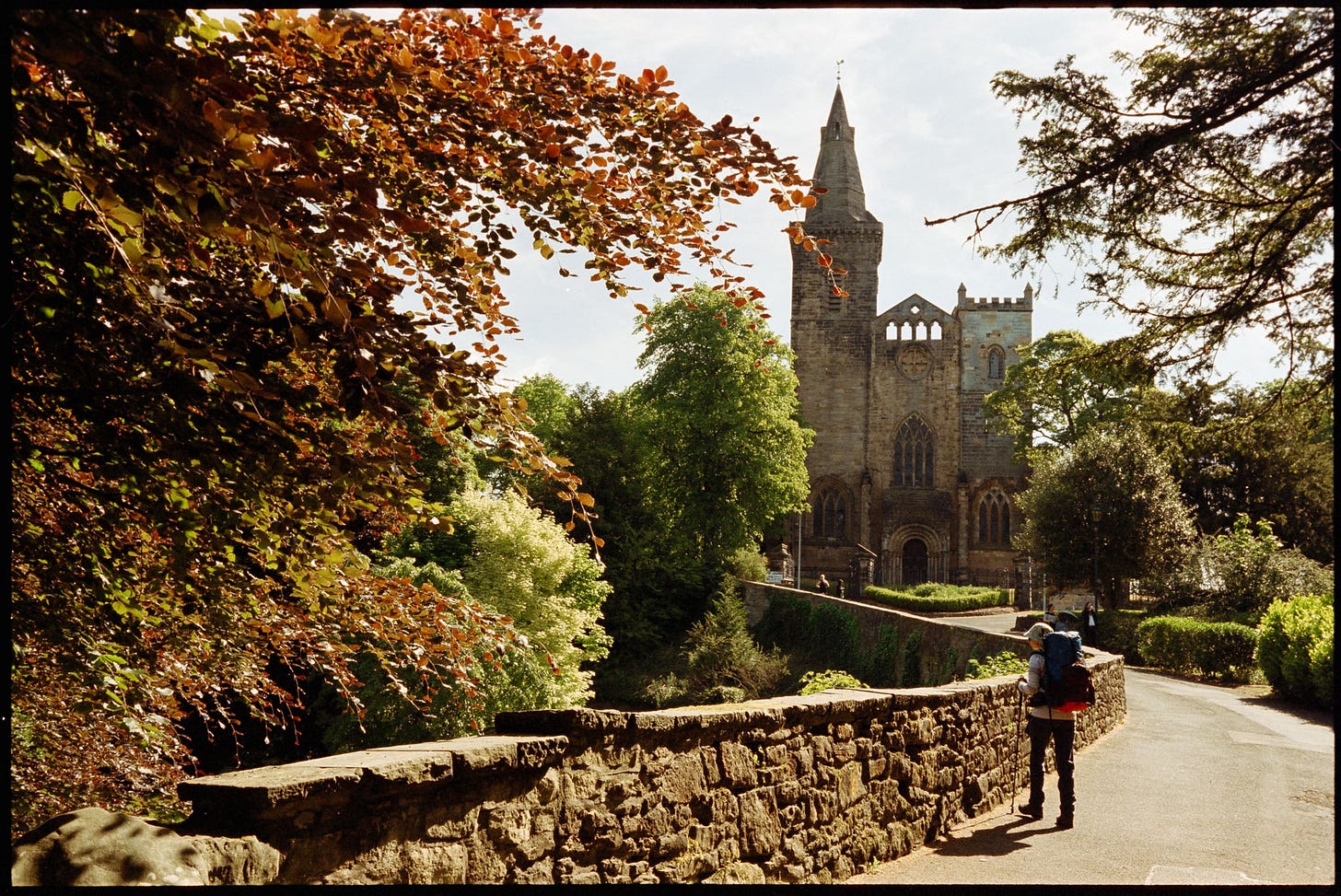
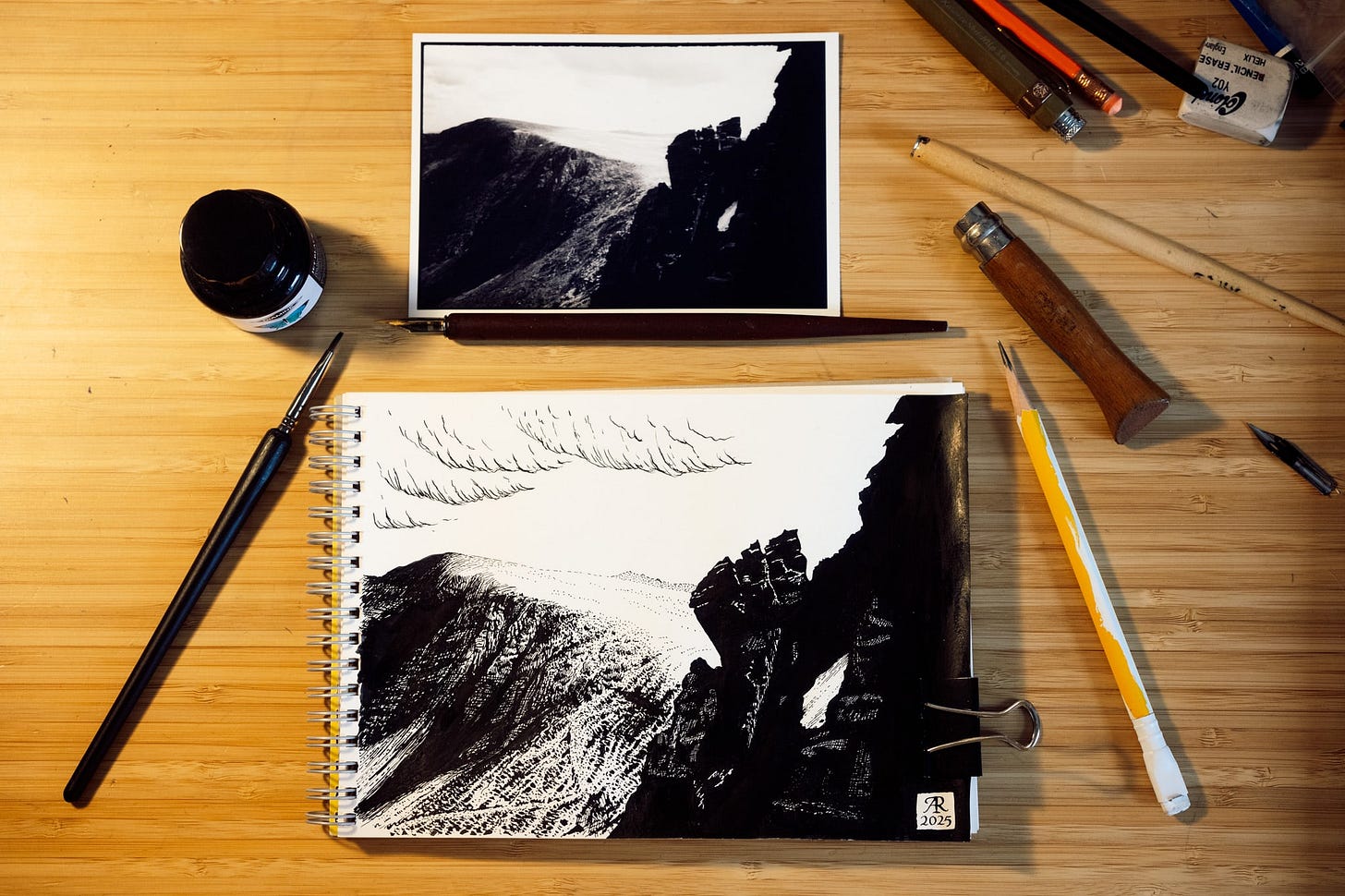
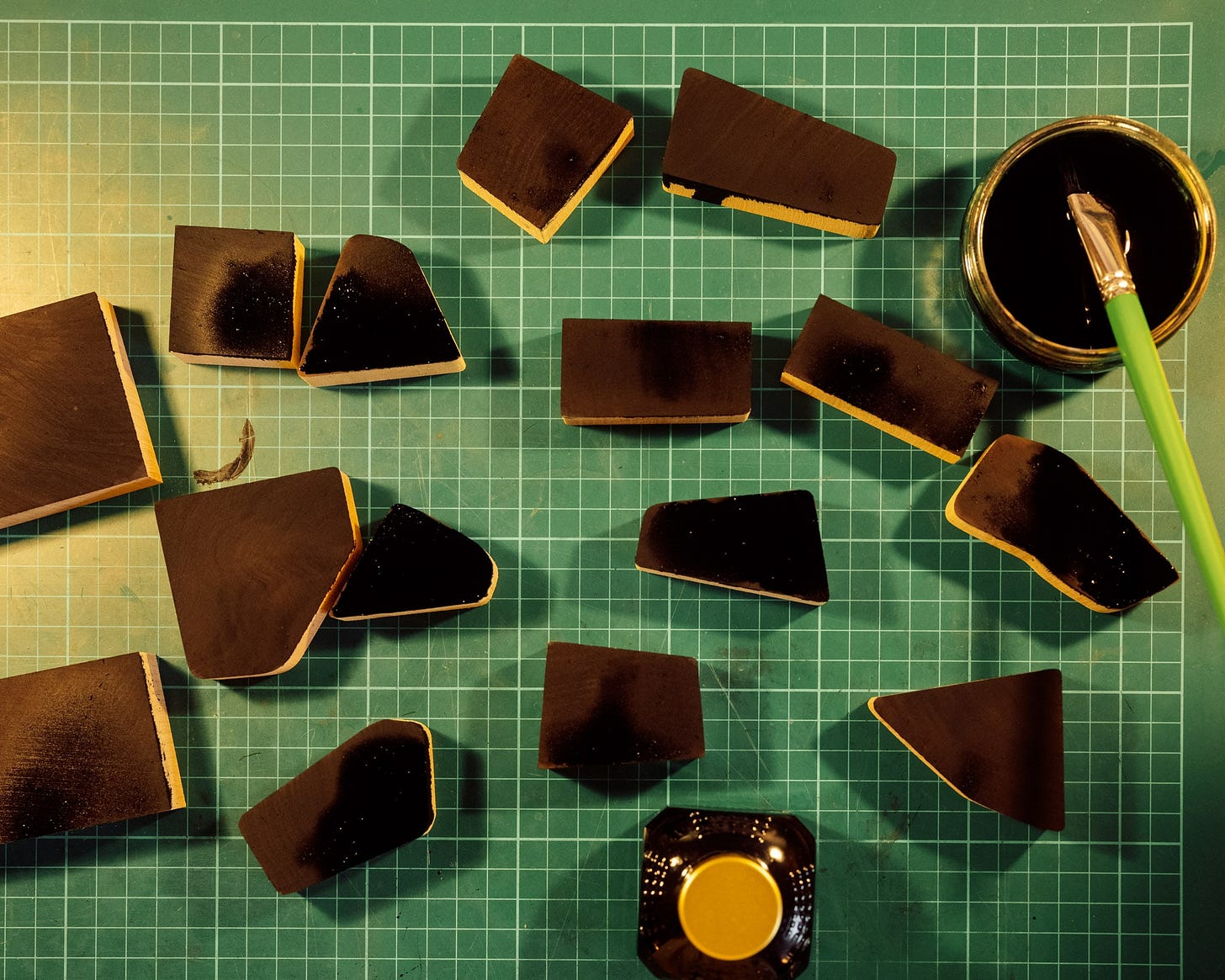

I want to tell you what I used to tell my former art students - trust the process, enjoy the making, and revel in your ability to make something, anything, with your own hands without being critical*. Beautiful drawing, as ever!
*I was not very good at art assessments.
Interesting how so many who spend time in nature come to the same philosophical conclusions; makes me think of nature as a church we all come to worship in (I’m not religious, but if I were to worship something it would have to be the majesty of wilderness). Also beautiful film photos 💙